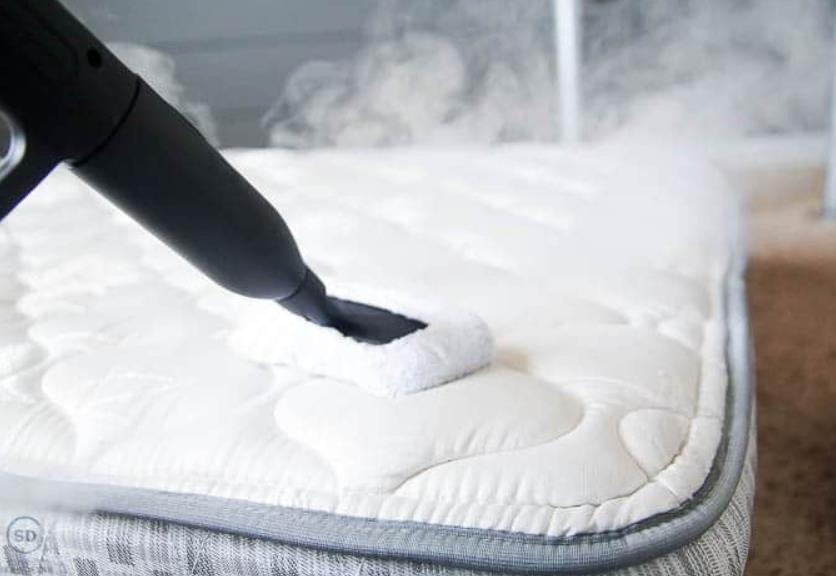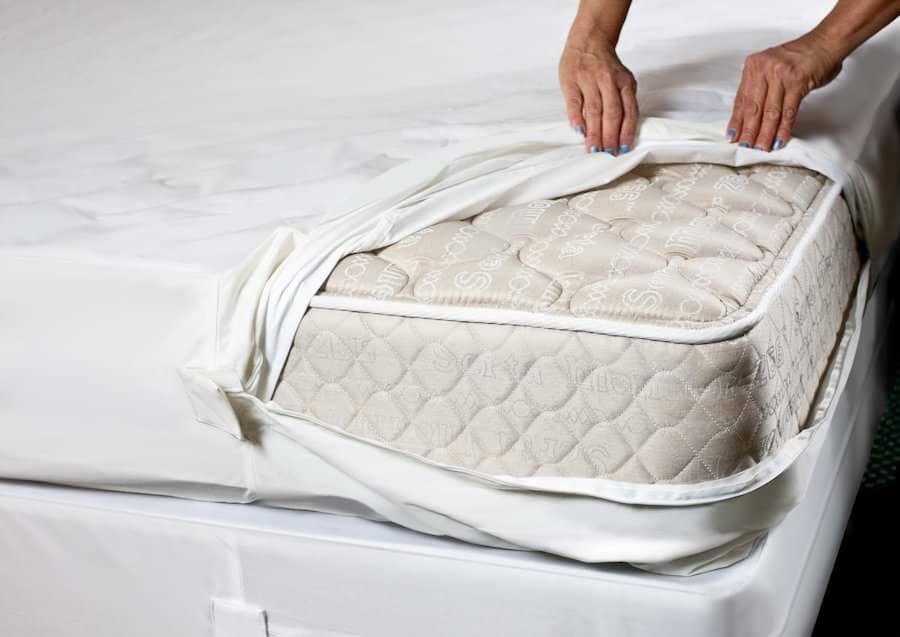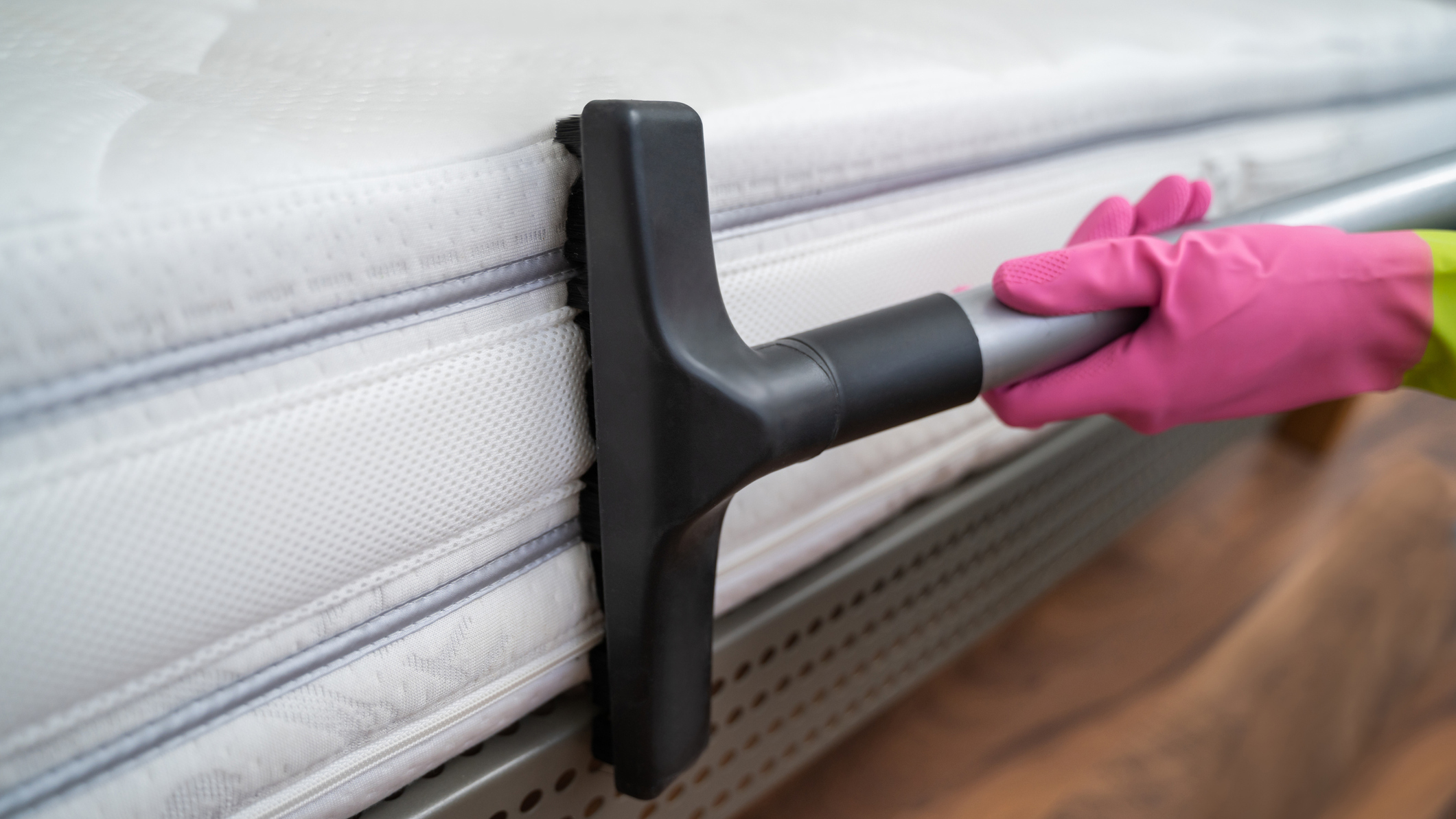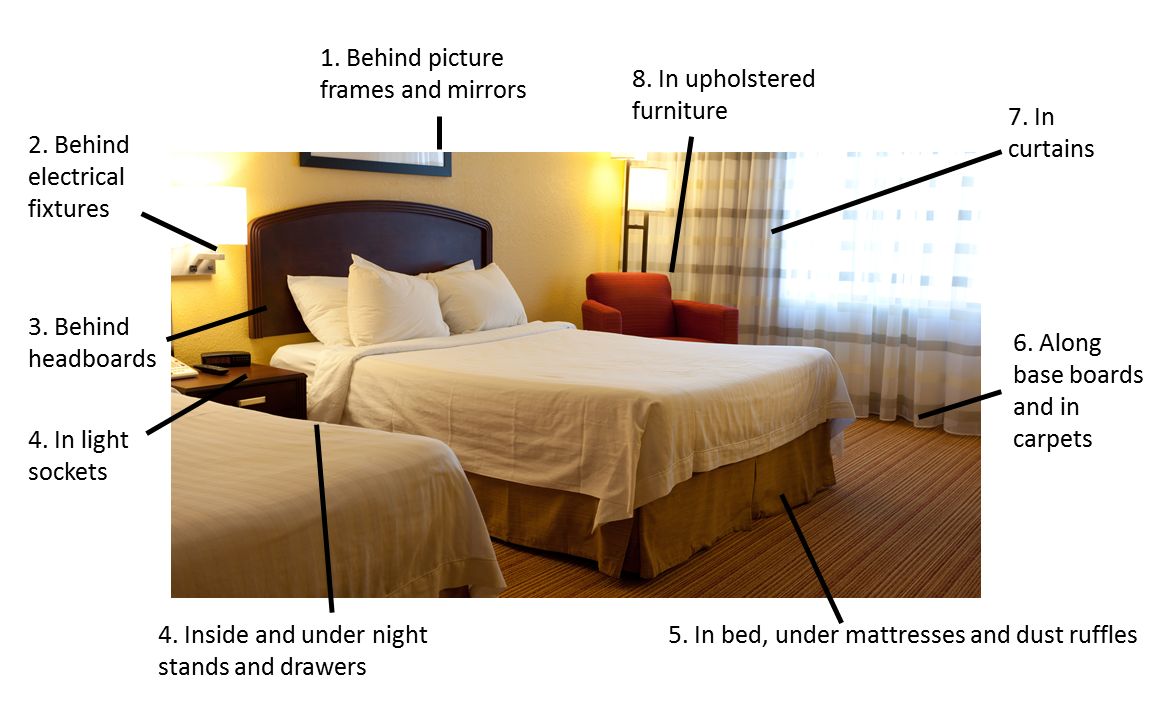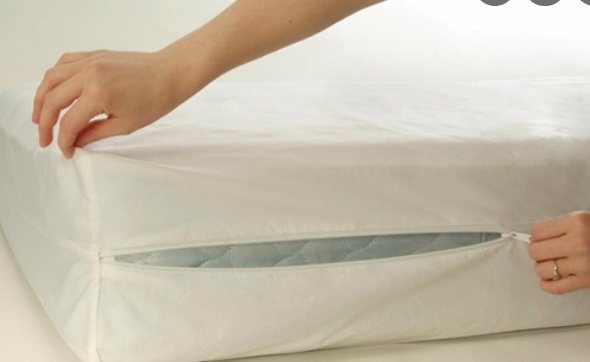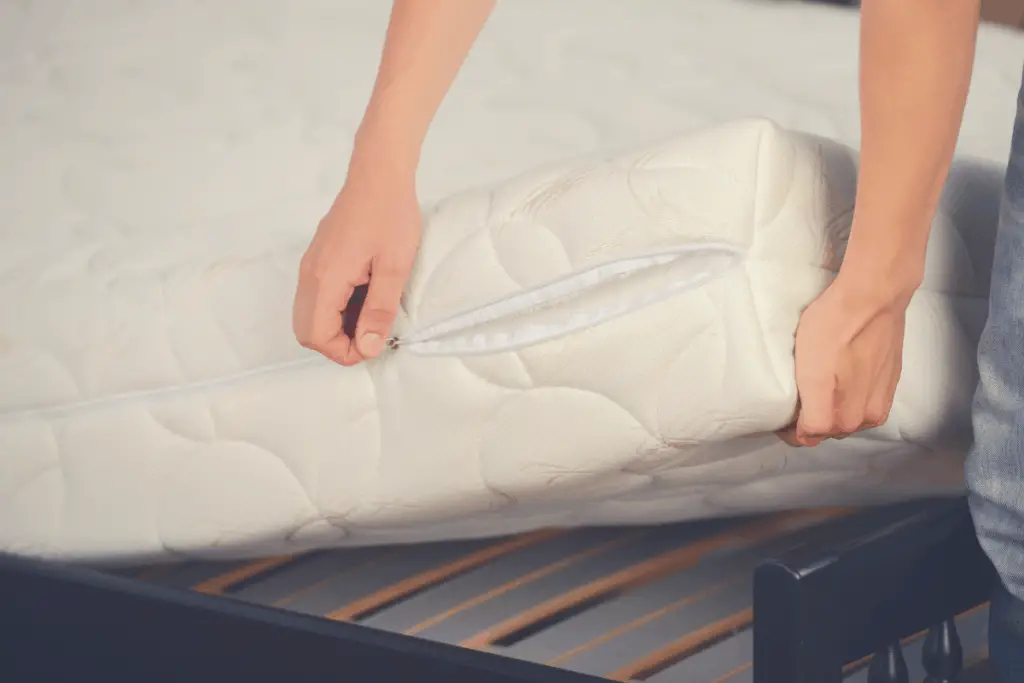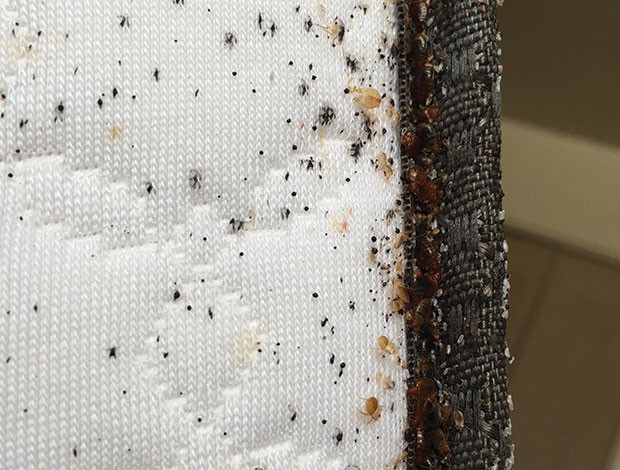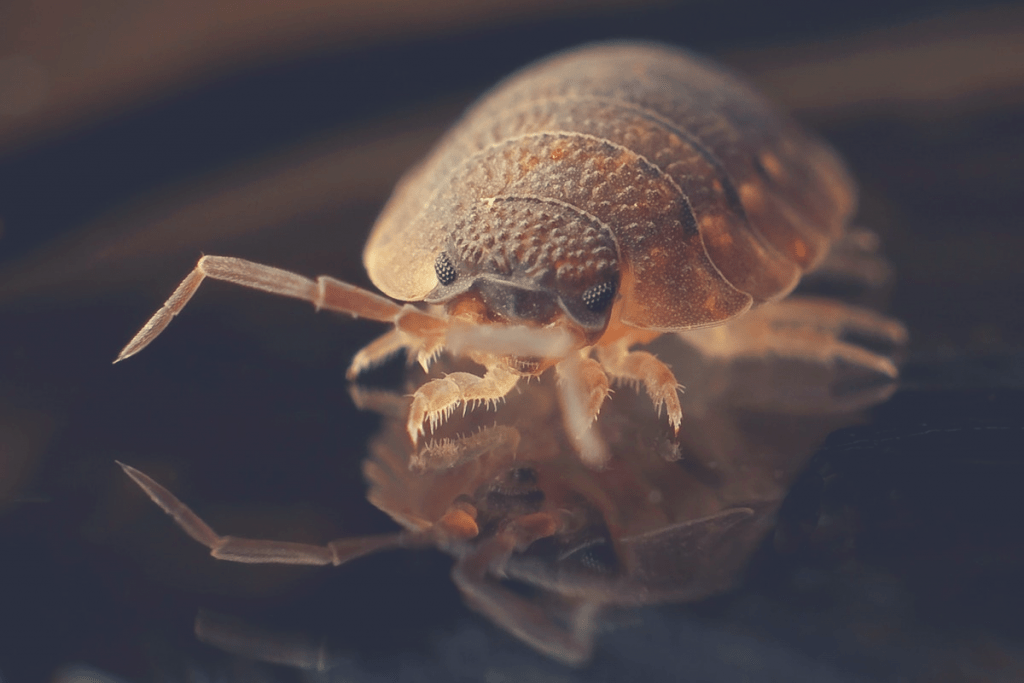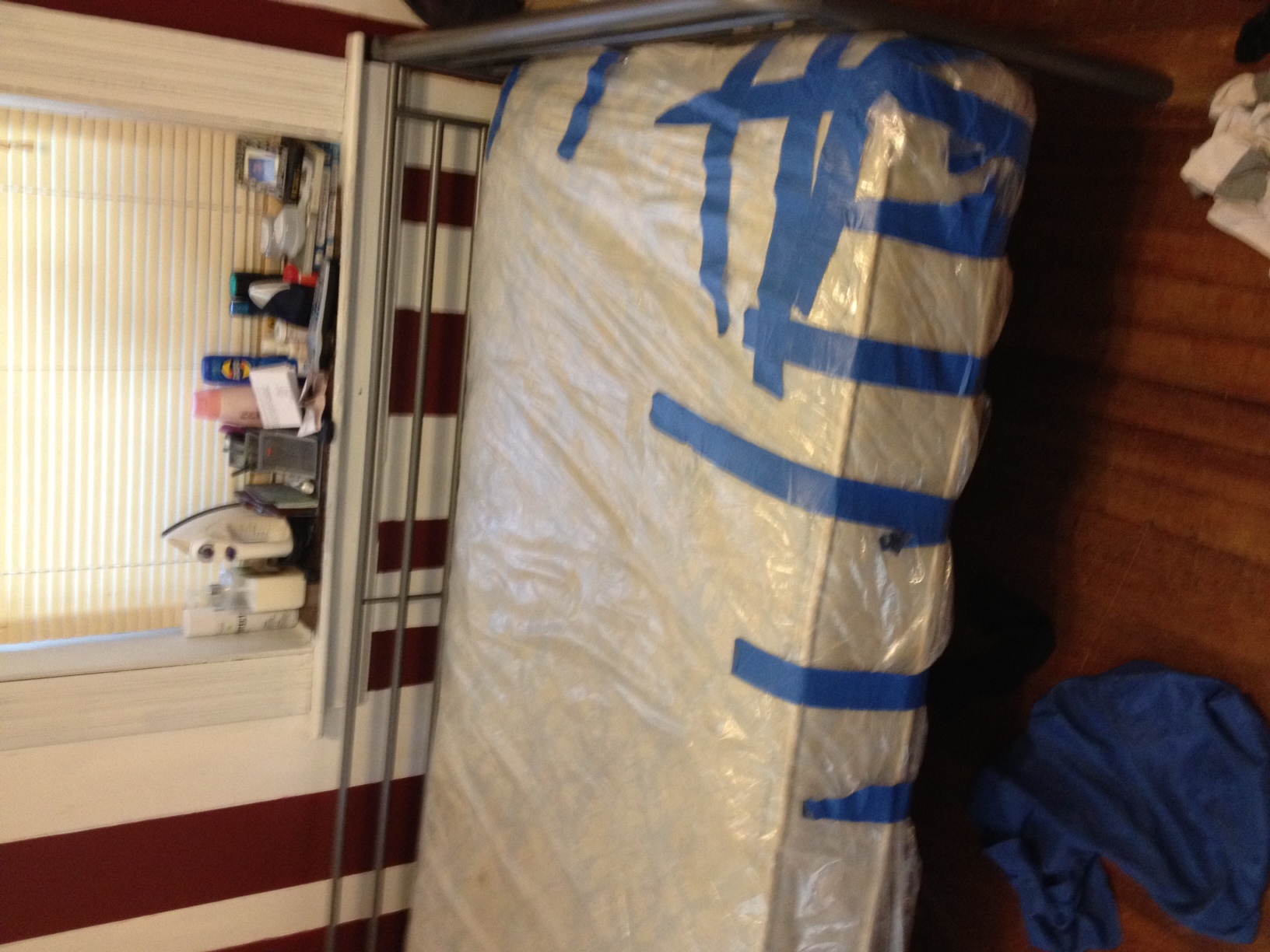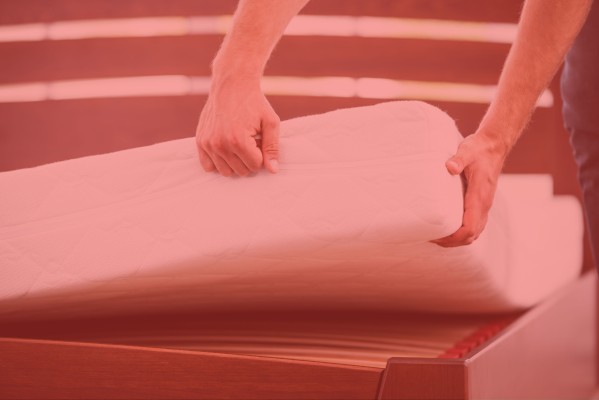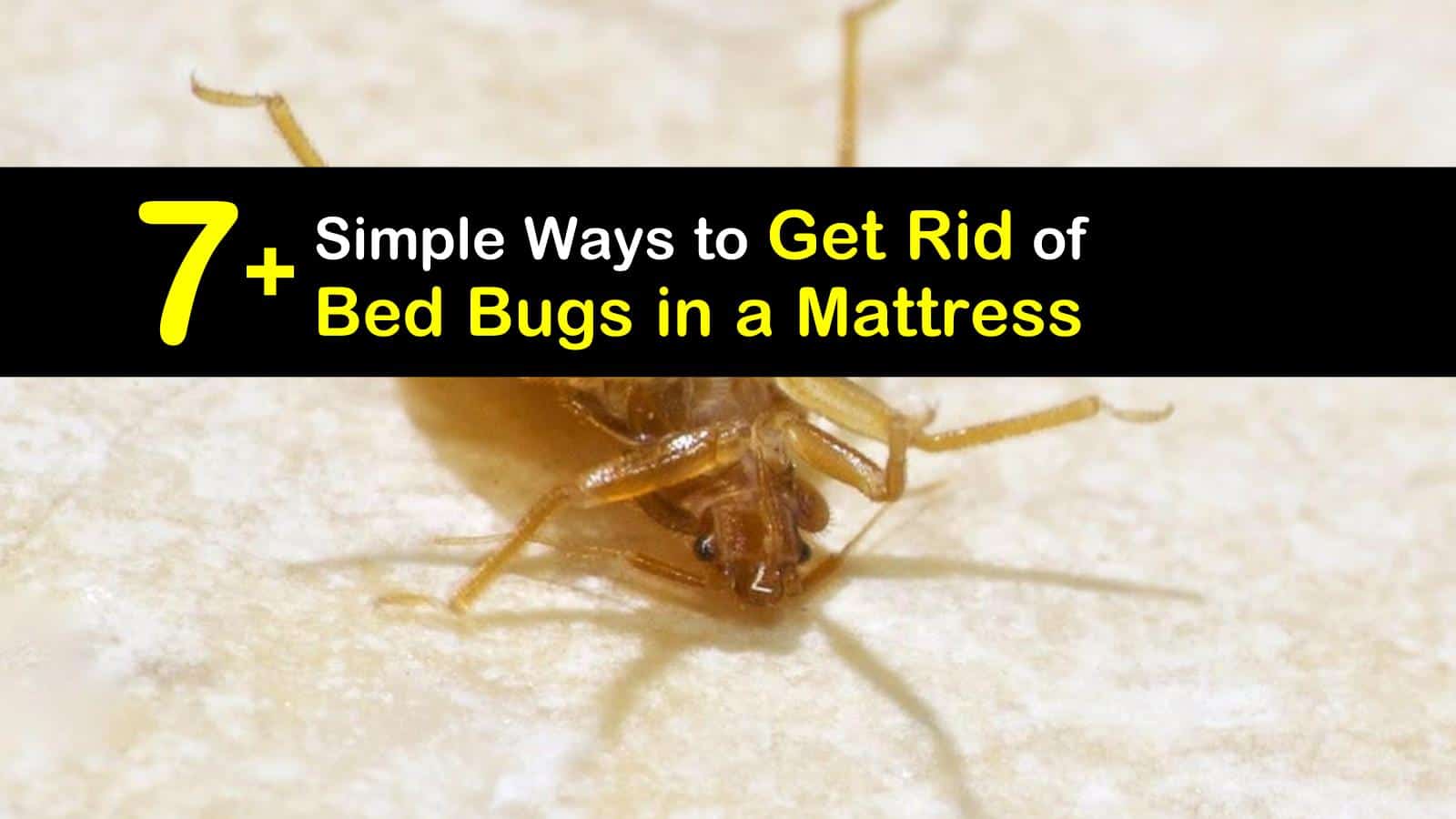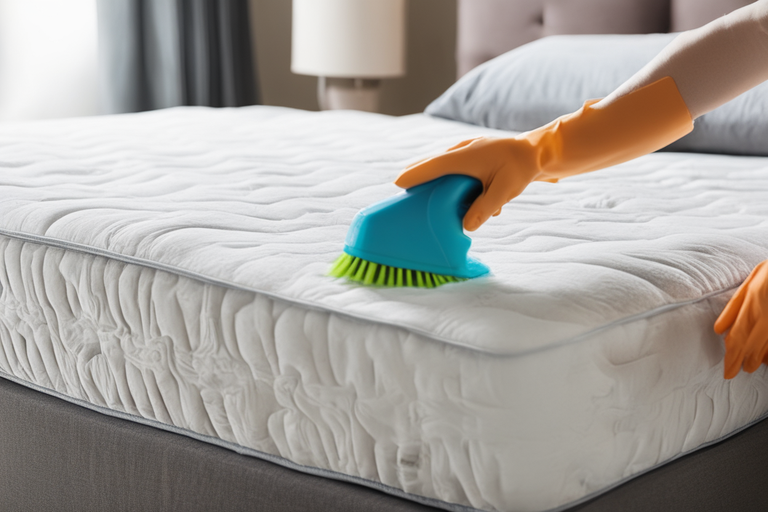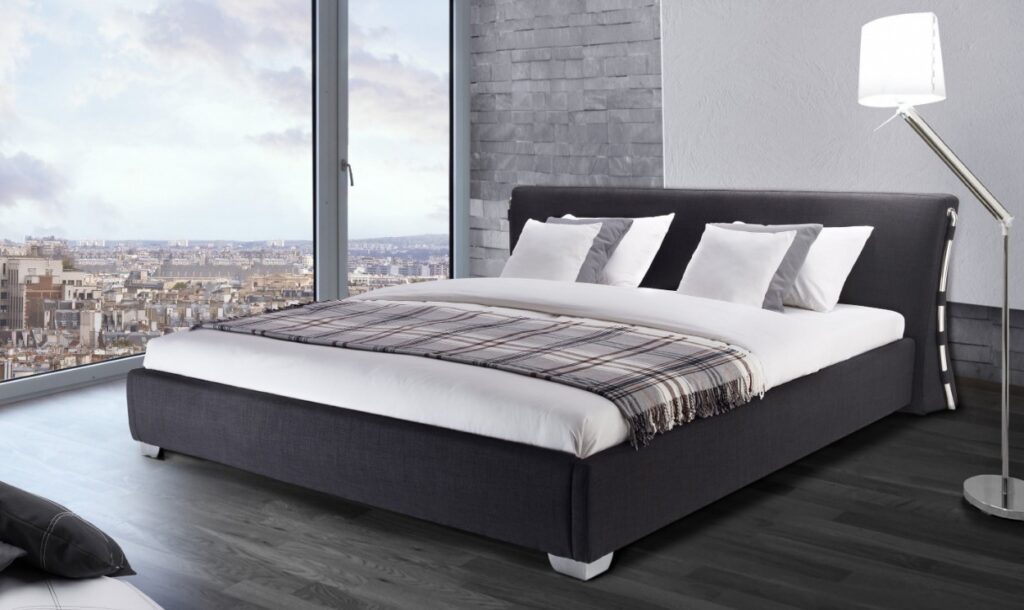How to Identify Bed Bug Bites on Your Mattress
If you wake up with itchy red welts on your body, there is a high chance that you have been bitten by bed bugs. These pesky insects are known for their ability to hide in mattresses and feed on human blood while we sleep. But how can you tell if the bites on your body are from bed bugs and not another type of insect? Here's how to identify bed bug bites on your mattress.
First, bed bug bites are usually in a clustered pattern, often in a line or zigzag shape. They can also appear as small red bumps or welts on the skin. These bites are often very itchy and can cause a burning sensation. If you notice these types of bites on your body, it's a good idea to check your mattress for any signs of bed bugs.
How to Get Rid of Bed Bugs on Your Mattress
Once you have confirmed that your mattress is infested with bed bugs, it's important to take immediate action to get rid of them. One way to do this is by using an insecticide specifically designed for bed bugs. These can be found in most home improvement or hardware stores. Be sure to thoroughly follow the instructions for safe and effective use.
Another method is to vacuum your mattress and surrounding areas, including cracks and crevices. This can help remove any bed bugs and their eggs that may be hiding in your mattress. It's important to vacuum regularly and dispose of the vacuum bag immediately to prevent the bed bugs from spreading.
Signs of Bed Bugs on Your Mattress
Aside from the bites on your body, there are other signs that your mattress may be infested with bed bugs. These include tiny brown or black spots on your sheets or mattress, which are actually bed bug feces. You may also find shed bed bug skins, as the insects go through multiple stages of development.
Another telltale sign is a musty or sweet odor in your bedroom. This odor is caused by the pheromones that bed bugs release to attract other bed bugs. If you notice any of these signs, it's important to inspect your mattress for bed bugs.
How to Prevent Bed Bugs on Your Mattress
The best way to prevent bed bugs from infesting your mattress is to be proactive. When traveling, inspect your hotel room for any signs of bed bugs and keep your luggage off the ground. When purchasing secondhand furniture, thoroughly inspect it for any signs of bed bugs before bringing it into your home.
Additionally, using a mattress encasement can help prevent bed bugs from entering or escaping your mattress. These encasements are made of a tightly woven material that bed bugs cannot penetrate. Be sure to choose one that is labeled specifically for bed bug protection.
Best Mattress Covers for Bed Bug Protection
One of the best ways to protect your mattress from bed bugs is by using a mattress cover. However, not all mattress covers are created equal. When choosing a cover, look for one that is labeled as "bed bug proof" or "bed bug certified." These covers are specifically designed to prevent bed bugs from entering or escaping your mattress.
It's important to note that while a mattress cover can help prevent bed bugs, it will not eliminate an existing infestation. It's best to combine the use of a mattress cover with other methods of bed bug control.
How to Treat Bed Bug Bites on Your Mattress
Bed bug bites can be itchy and uncomfortable, but they usually go away on their own within a few days. To relieve the itching, you can apply a cold compress or take an antihistamine. Avoid scratching the bites, as this can lead to infection.
If you have a severe allergic reaction to bed bug bites, seek medical attention immediately. In some cases, a prescription steroid cream or oral medication may be necessary.
How to Clean Your Mattress After a Bed Bug Infestation
If your mattress has been infested with bed bugs, it's important to thoroughly clean it to prevent a re-infestation. Start by vacuuming the mattress and surrounding areas, being sure to dispose of the vacuum bag immediately. Then, wash all bedding, including sheets, blankets, and pillowcases, in hot water and dry on high heat.
You can also use a steam cleaner to treat your mattress, as the high temperatures can kill any remaining bed bugs. Be sure to also clean or replace any infested furniture or items in your bedroom.
How to Inspect Your Mattress for Bed Bugs
If you suspect that your mattress may be infested with bed bugs, it's important to inspect it thoroughly. Start by removing all bedding and pillows from the mattress. Then, using a flashlight, check the seams, folds, and tags of the mattress for any signs of bed bugs or their eggs.
Be sure to also check the surrounding areas, including the bed frame, headboard, and nightstands. If you find any signs of bed bugs, it's important to take immediate action to get rid of them.
How to Use a Mattress Encasement for Bed Bug Control
As mentioned earlier, a mattress encasement can be an effective tool for preventing bed bugs. To use one for bed bug control, start by thoroughly cleaning and vacuuming your mattress. Then, carefully encase your mattress in the cover, making sure to completely seal it. This will prevent any bed bugs from entering or escaping your mattress.
Be sure to also use encasements on your box spring and pillows for maximum protection. Remember to regularly inspect and clean the encasements to ensure they are not torn or damaged.
How to Kill Bed Bugs on Your Mattress with Heat Treatment
Heat treatment is another effective method for getting rid of bed bugs on your mattress. This involves using a steam cleaner or professional heat treatment equipment to expose the bed bugs and their eggs to high temperatures, which they cannot survive.
It's important to thoroughly follow the instructions for safe and effective heat treatment. It may also be necessary to treat other areas of your home where bed bugs may be hiding, such as cracks and crevices.
The Importance of Protecting Your Mattress from Bed Bugs Bites

Understanding the Threat of Bed Bugs
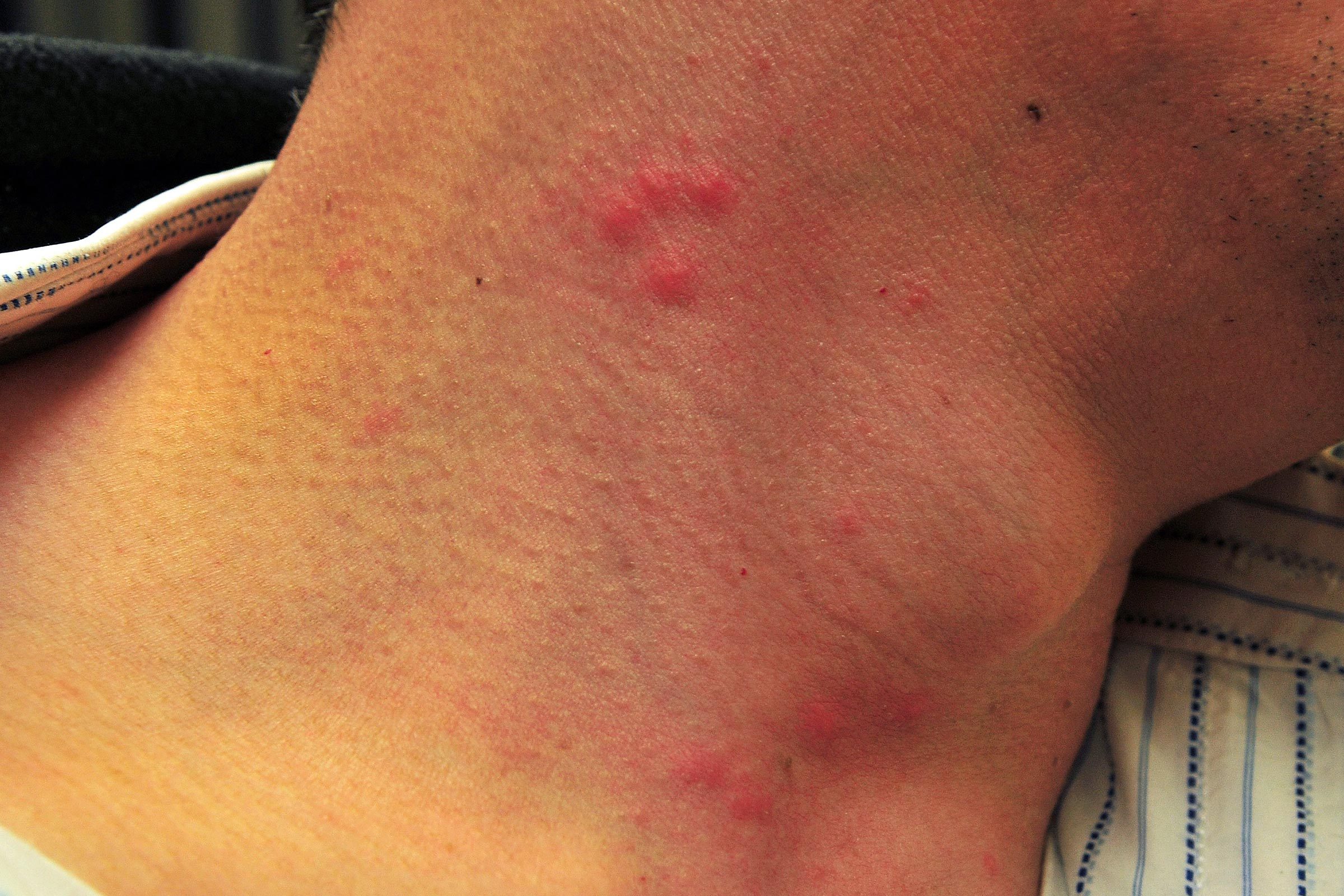 When it comes to designing the perfect home, one of the most important factors to consider is the safety and comfort of your family. Unfortunately, there is one tiny pest that can quickly turn your dream home into a nightmare - bed bugs. These tiny insects are notorious for infesting mattresses and causing painful and itchy bites. Not only can they ruin your quality of sleep, but they can also cause serious health issues. This is why it is crucial to protect your mattress from bed bugs and their bites.
When it comes to designing the perfect home, one of the most important factors to consider is the safety and comfort of your family. Unfortunately, there is one tiny pest that can quickly turn your dream home into a nightmare - bed bugs. These tiny insects are notorious for infesting mattresses and causing painful and itchy bites. Not only can they ruin your quality of sleep, but they can also cause serious health issues. This is why it is crucial to protect your mattress from bed bugs and their bites.
The Dangers of Bed Bug Bites
Ways to Protect Your Mattress from Bed Bugs
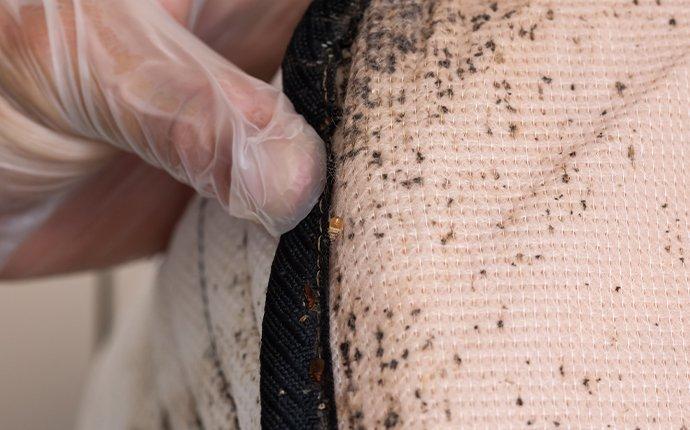 The good news is, there are several steps you can take to protect your mattress from bed bugs and their bites. The first and most important step is to regularly inspect your mattress for any signs of infestation. Look for small bloodstains, dark spots, or live bugs crawling on your mattress. If you suspect an infestation, it is best to call a professional pest control service to handle the situation.
Another effective way to prevent bed bug bites is to encase your mattress in a
protective cover
. These covers are specially designed to trap any existing bed bugs and prevent new ones from entering. They also make it easier to detect and eliminate any infestations in the future.
The good news is, there are several steps you can take to protect your mattress from bed bugs and their bites. The first and most important step is to regularly inspect your mattress for any signs of infestation. Look for small bloodstains, dark spots, or live bugs crawling on your mattress. If you suspect an infestation, it is best to call a professional pest control service to handle the situation.
Another effective way to prevent bed bug bites is to encase your mattress in a
protective cover
. These covers are specially designed to trap any existing bed bugs and prevent new ones from entering. They also make it easier to detect and eliminate any infestations in the future.
Conclusion
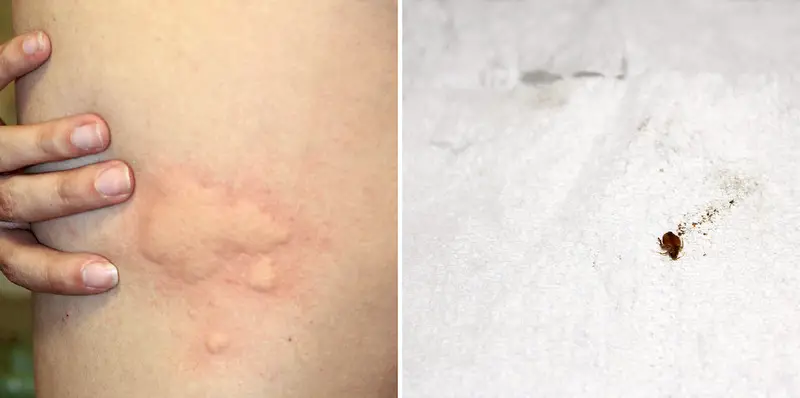 In conclusion, protecting your mattress from bed bugs and their bites is essential for the safety and well-being of your family. Regularly inspecting your mattress and using protective covers can go a long way in preventing these pesky insects from invading your home. Remember, the sooner you take action, the easier it will be to get rid of bed bugs and enjoy a peaceful and comfortable night's sleep. Don't let these tiny pests ruin your dream home - take the necessary precautions to keep them at bay.
In conclusion, protecting your mattress from bed bugs and their bites is essential for the safety and well-being of your family. Regularly inspecting your mattress and using protective covers can go a long way in preventing these pesky insects from invading your home. Remember, the sooner you take action, the easier it will be to get rid of bed bugs and enjoy a peaceful and comfortable night's sleep. Don't let these tiny pests ruin your dream home - take the necessary precautions to keep them at bay.

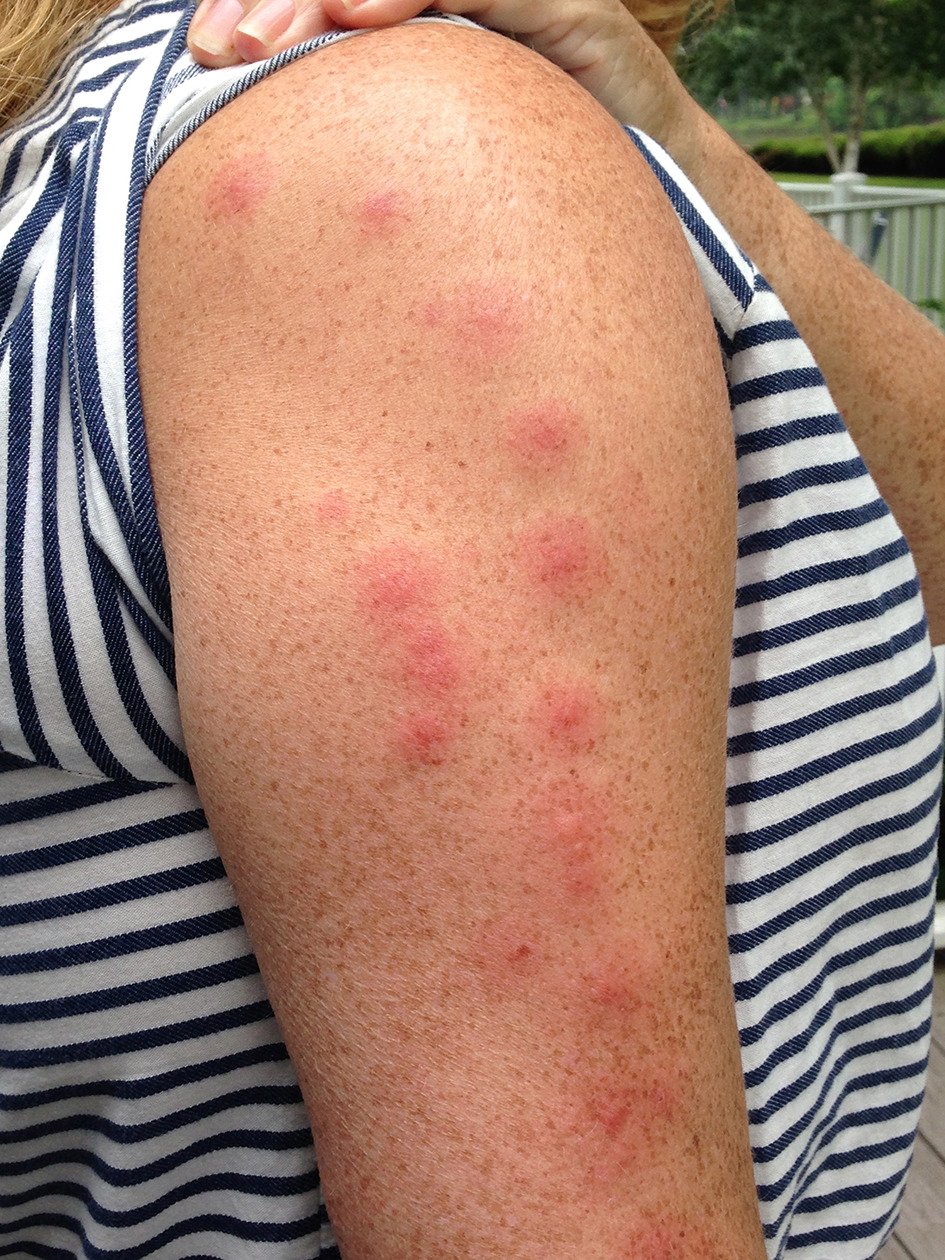





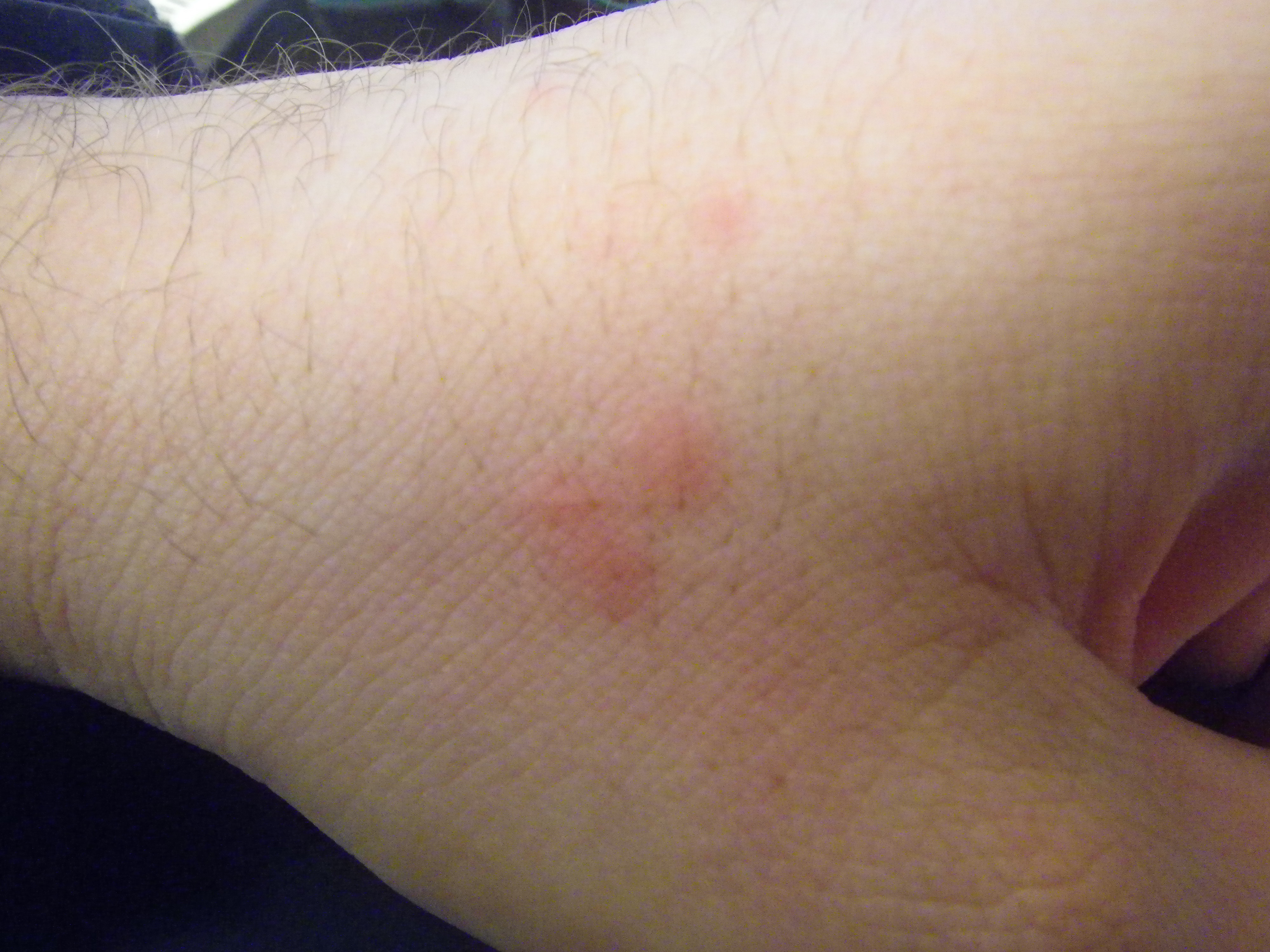
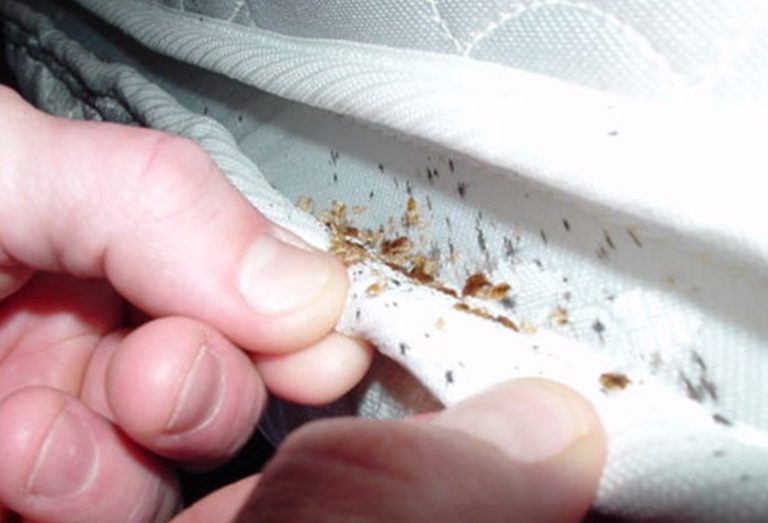




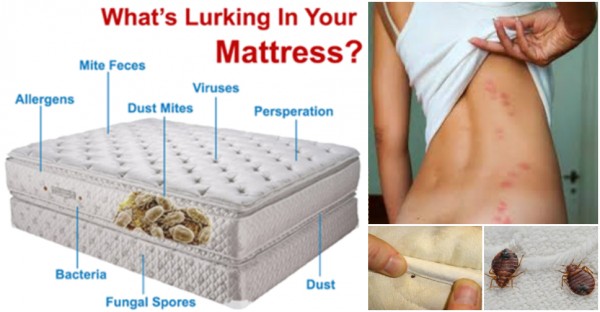

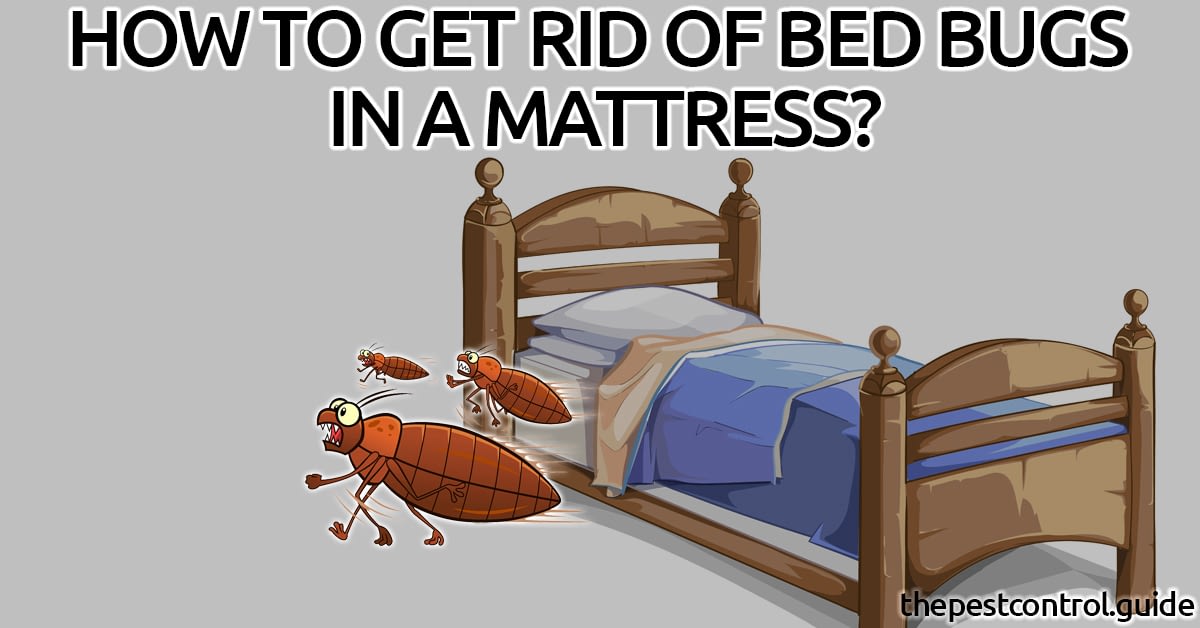

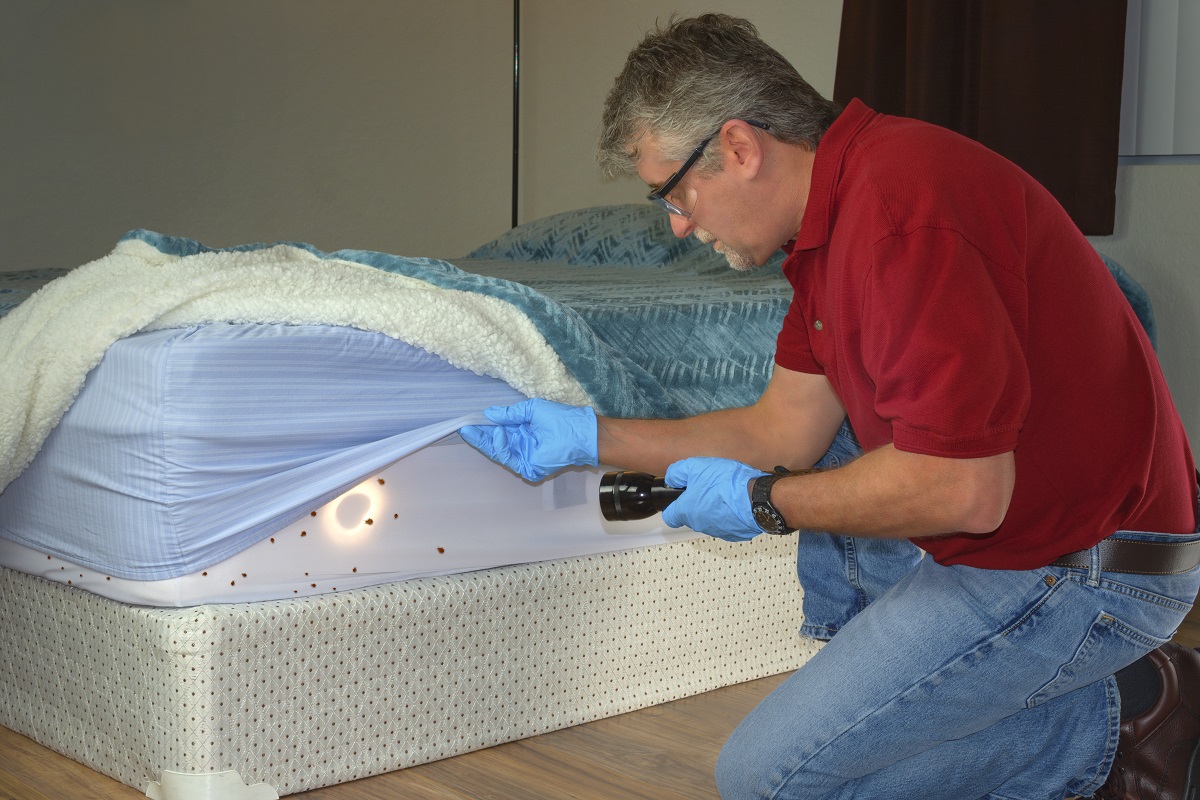
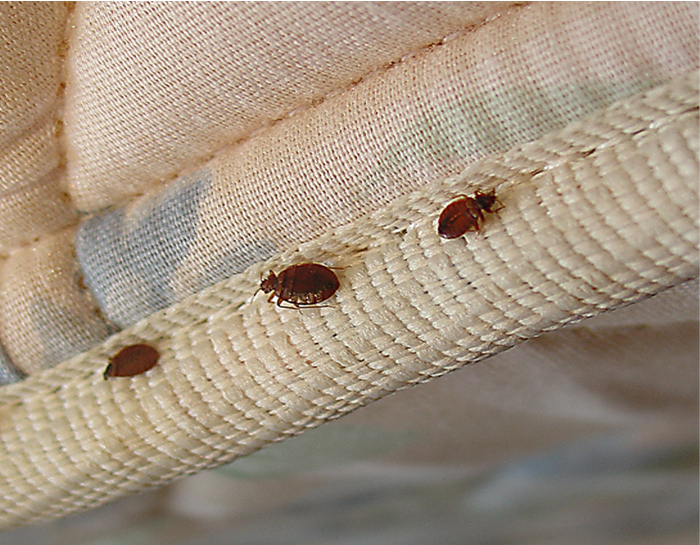









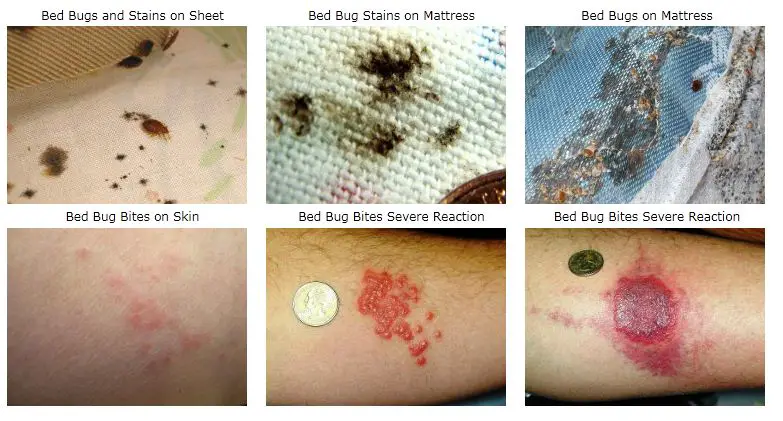


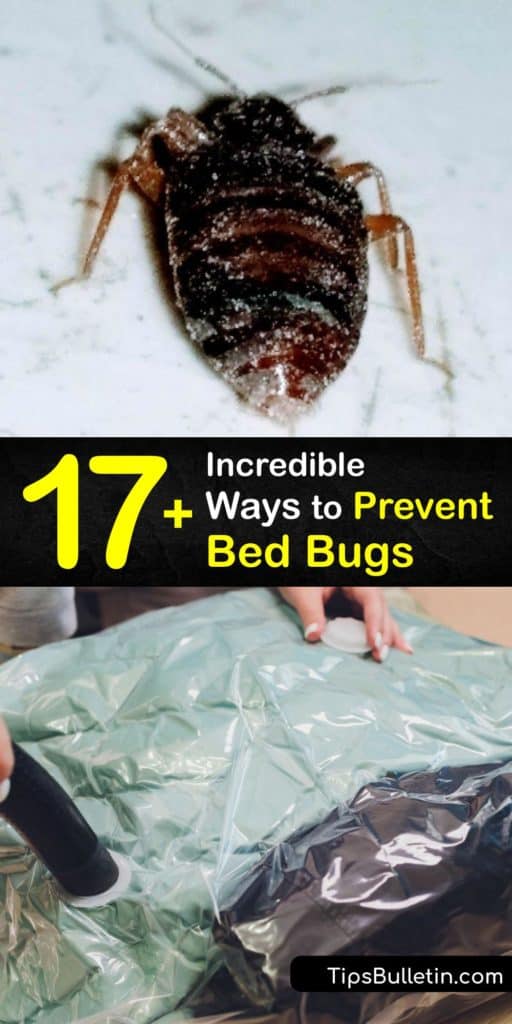
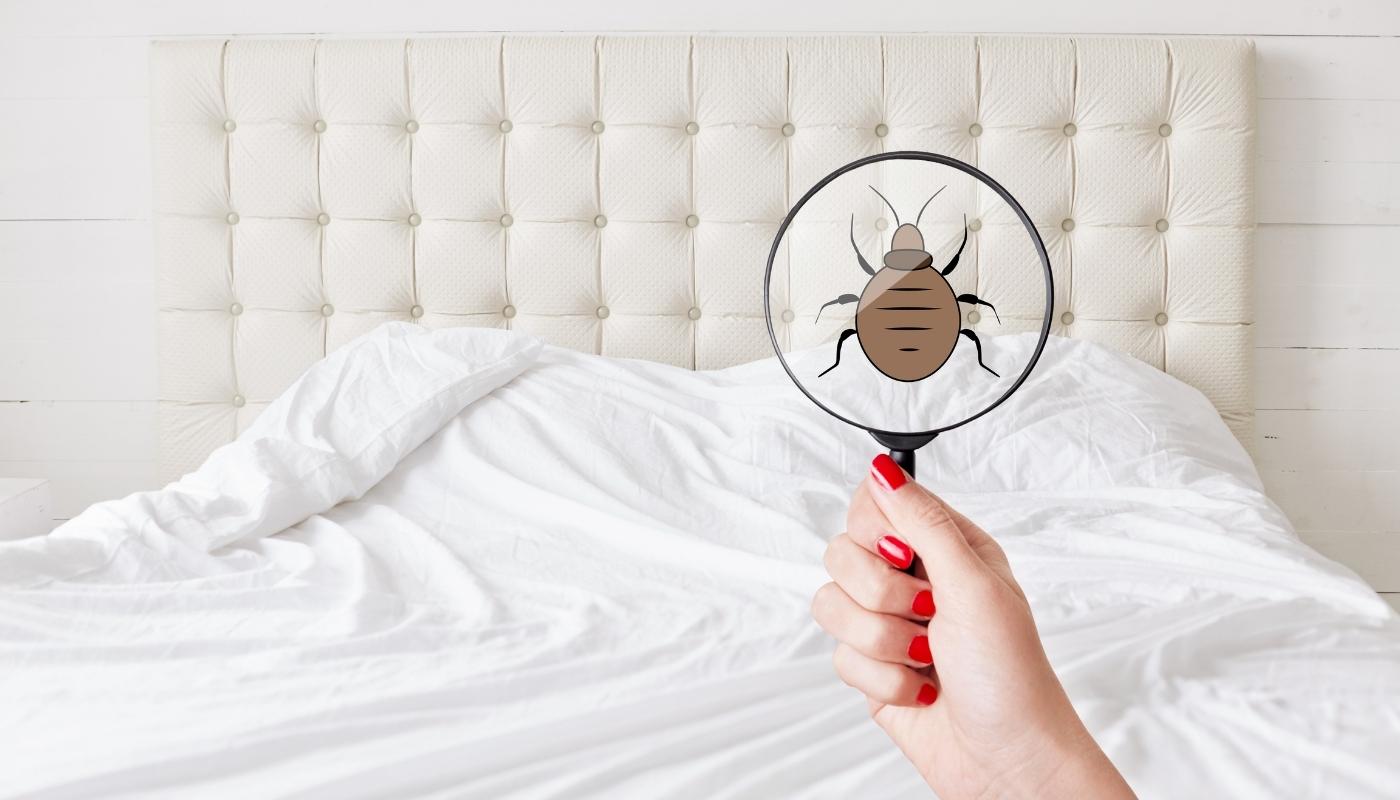






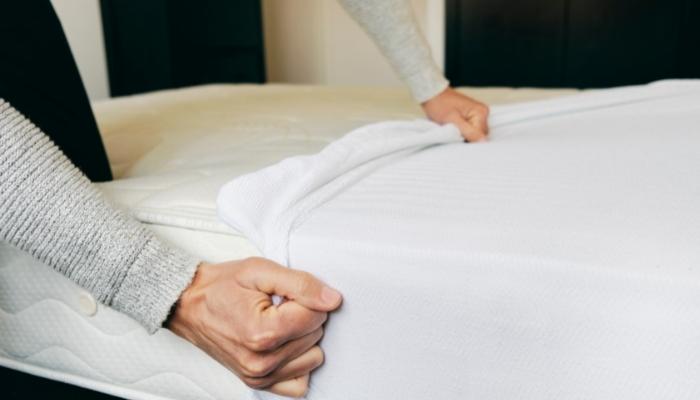

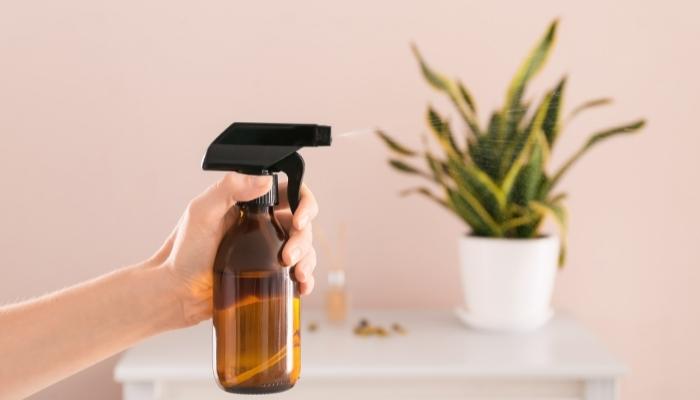

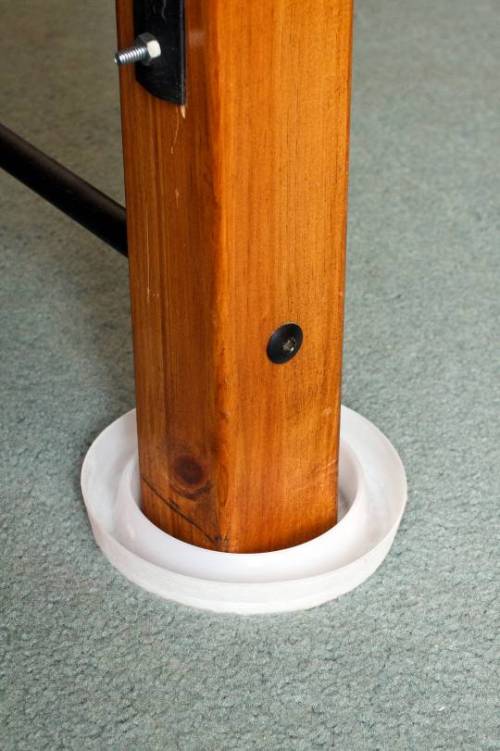


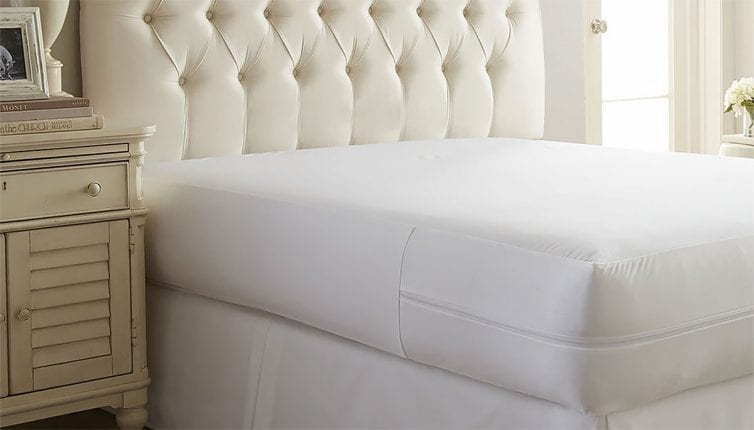





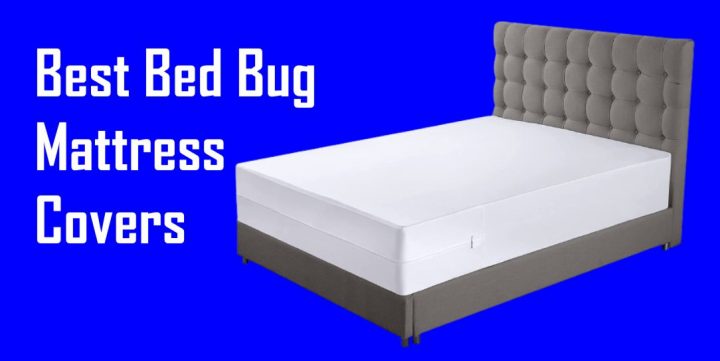

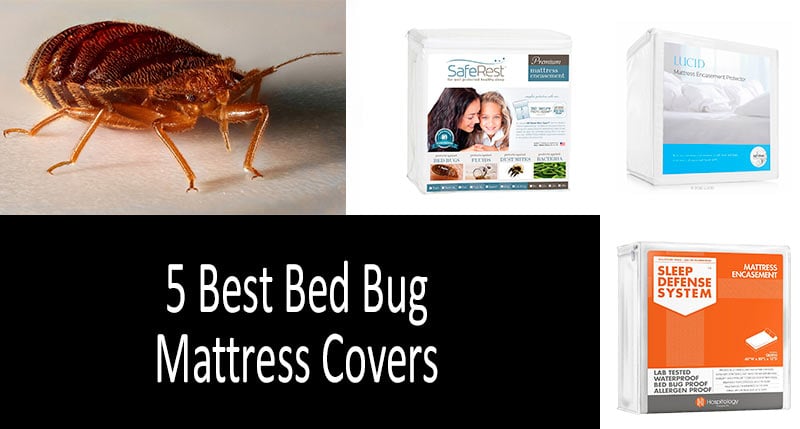



:max_bytes(150000):strip_icc()/bed-bug-bites-overview-2633482_v2-f8bfc57491af4e7a93307ec27a0d9652.png)










